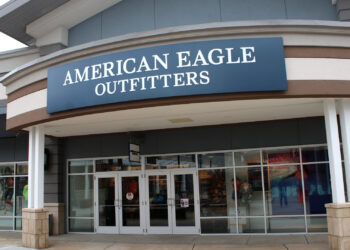The pizza industry has always been highly competitive, with major brands like Domino’s, Pizza Hut, and Papa John’s vying for a dominant market share. Although the competition remains intense, one brand that has managed to maintain its position throughout the years is Little Caesars.
Founded in 1959, the chain has remained dedicated to providing quality, affordable pizzas to customers for over six decades. Little Caesars is a household name, and its “Hot ‘N Ready” model has been one of the brand’s most significant contributors to its success. Introduced in 2004, the initiative allows customers to purchase ready-made pizzas without placing an order beforehand. The model significantly cut down on wait times and offered customers a quick, convenient way to get their pizza fix.
While Little Caesars stuck to the basics with its pepperoni pizzas, competitors strayed from them, introducing gourmet toppings and fancy crusts. This approach was time-consuming, and as customers began to prioritize value over luxury, LIttle Caesars was offering them what they needed—quick, affordable, and tasty pizzas.
Little Caesar’s focus on simplicity, coupled with its innovative “Hot ‘N Ready” model, proves even more impressive when considering the competition. Dominos and Pizza Hut could have applied immense pressure on Little Caesars to stay relevant, but instead, they missed out on the groundbreaking opportunity that the “Hot ‘N Ready” model represented. They failed to take note of the changing customer requirements, and this led to an increase in costs as they continued to focus on their existing inventory. Would customers not have paid more money for their own version on “Hot ‘N Ready”?
Today, with over 5,500 locations operating globally, Little Caesars continues to maintain its position as the third-largest pizza chain globally. The focus on simplicity has worked, with consumers drawn to the brand’s authenticity and simplicity, while focusing on affordability and quality. Little Caesars’ resounding success reinforces an important lesson that businesses can learn from— sticking to the basics, innovating where it matters, and optimizing costs to improve the customer experience are significant components in the recipe for success.
In conclusion, Little Caesars’ incredible story provides insight into the importance of understanding consumer trends, focusing on innovation, and maintaining a consistent brand identity. It is proof that with the right approach, businesses can withstand competition, adapting to changing market needs while maintaining their position in the industry. The brand is indeed “A Slice Above,” and its success remains a lesson worth emulating.














